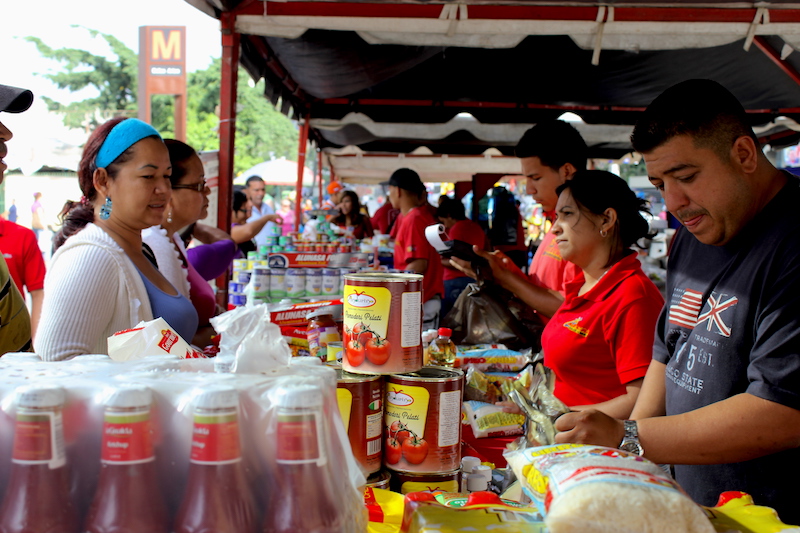Could a Tunisian fruit vendor setting himself on fire out of protest shed light on the outcome of the Brexit vote? Or US President Trump’s immigration policy?
Mohamed Bouazizi was a 26-year old street vendor that was confronted by a council inspector for selling his fruit and vegetables without a permit. After a bitter encounter, his weighing scale and some fruits were subsequently seized. When he went to retrieve his items and complain to government officials, he was ignored. To protest this, Bouazizi set himself aflame in front of the very government building that refused to see him. When the video of himself on fire went viral, protests erupted throughout the country. It was the citizenry’s way of demonstrating their disdain toward the tyranny of the Tunisian government, which shortly ended the 20+ year reign of Tunisia’s president. It would appear that Bouazizi’s actions struck a nerve within the Arab world, and ignited the genesis of the Arab Spring of 2011.
The civil uprising reached Syria, but delved into a civil war, and, in the process, paved way for the refugee crisis. The refugee crisis had polarizing reactions in the Western world and the global community, and was sometimes used as a bargaining chip in international affairs.
In hindsight, who could have predicted that a fruit vendor’s death would set off a butterfly effect?
Chaos theory is a branch of mathematics that studies complex and dynamic systems, where the behaviours that lead to event outcomes follow a deterministic nonlinear trajectory. It includes the idea that small changes in the initial conditions of a system can lead to large outcome differences over a long duration of time. In colloquial terms, this theory suggests that there is order in disorder because, in some way, things are interconnected to one another.
In real-world environments, chaos theory provides an array of tools that can estimate how many variables can influence the dynamics of a system, and attempts to predict long-term trend behaviour from data. This can be achieved through feedback, in which the output (or response) within the system is recycled as new input, and can be characterized as positive or negative. A positive feedback is one in which the response is reinforced and magnified; negative feedback occurs when the direction of change of a variable is reversed back to preserving its initial state.
A simplified illustration of positive feedback would be a small event that sets off a chain of reactions that lead to a large one, resulting in instability. The death of the Tunisian fruit vendor and the domino consequences that followed worldwide, are an example of this. In contrast, a negative feedback system errs on the side of being self-correcting. So for instance, a country that fears being dominated by a stronger one can join an alliance, like NATO, instead of amassing its own power. By aligning with other states, there is a check on power among all the states. Evaluating the type of feedback that may occur in a given scenario is difficult and could be unhelpful in predicting behaviour and responses. These uncertainties become amplified when the media and its messages spread rapidly and can be iterated across the globe to different demographics.
A few weeks prior to the incident that kickstarted the Arab Spring, it was reported through WikiLeaks that the US Embassy expressed concerns about the state of affairs in Tunisia, and exposed the opulent lifestyle of its president and his family. How this information further affected the social milieu and attitudes towards the government, or whether it exasperated Bouazizi’s motivations, are food for thought. The Tunisian government didn’t report the self-immolation of Bouazizi when it first occurred, but a video of him in flames went viral. In doing so, it arguably had a hand in changing the trajectory of events, where, perhaps, the Arab Spring could have been delayed or avoided.
This brings up another feature of chaos theory: perturbations, or, causing a deviation of a system’s trajectory due to an external influence. Depending on how sensitive a system is to small disturbances altering its pathway, prioritizing different strategies becomes an option. Better yet, it can provide opportunities to guide the dynamics because behaviour at one point in time can influence behaviour of the future. However, the desired outcome cannot be guaranteed with precision, but at least attempts to mobilize towards it are possible.
That said, the paradigm of chaos in the social sciences realm remains a philosophical endeavour as opposed to a practical one. But, if there is enough data input to observe the emergence of patterns, then it may be possible to ascertain short-term predictions.
Technological applications, on the other hand, have utility potential. A tenet of chaos theory is that within a complex pattern, there is a simple one underpinning it. When modelled on the computer, dynamic systems display fractal patterns. These self-similar images are considered to be the visual representation of chaos theory and have military utility. Antennas, which are used to transmit and receive radio or television signals, can be designed using the properties of fractals and, as a result, be small in size but operate at multiple frequencies. Fractal antennas derive their value in being useful for disrupting or saturating an adversary’s access to communication; ability to be covertly disguised in order to gather intelligence, such as communication monitoring without detection; and have recently been proposed for aircraft surveillance purposes.
In the instances of physical science, chaos theory can better predict and explain naturally occurring phenomena. This has the benefit of translating empirical data into tactical advantages that can, in turn, be used for chaotic control. Unfortunately, due to the highly dynamic and collective nature of the social sciences, it cannot exploit mathematical modelling without compromising real-world generalizability. Just because events are correlated, it doesn’t imply that they’re causative. But, this doesn’t mean that socio-political events can’t be, or shouldn’t be, appreciated from a hypothetical perspective.
Photo: “Lorenz_attractor” (2011) by Referencias Proyectos via Flickr. Licensed under CC BY 2.0.
Disclaimer: Any views or opinions expressed in articles are solely those of the authors
and do not necessarily represent the views of the NATO Association of Canada.



